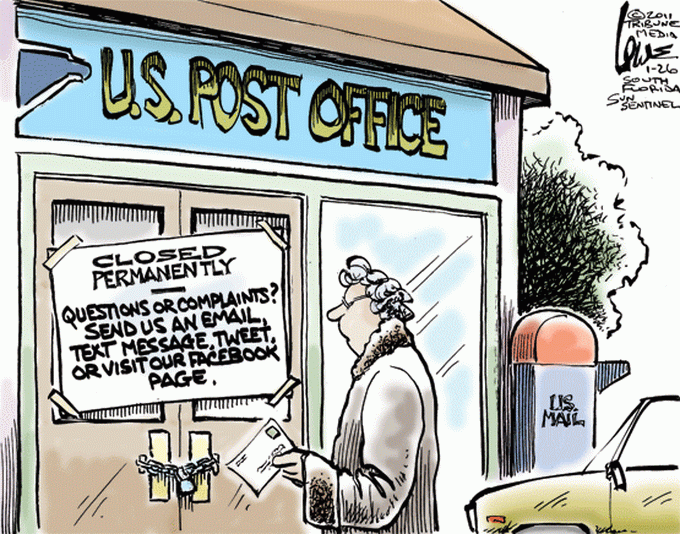 Things are going from bad to worse at the Post Office, with losses doubling over the same quarter last year.
Things are going from bad to worse at the Post Office, with losses doubling over the same quarter last year.
Is there any way to stop the bleeding?
The USPS recently announced a loss of $1.57 billion (that’s with a B, folks) April through June of this year, writes Greg Dool in Folio:, noting this loss is “more than double the $586 million loss recorded over the same period in 2015.” (The total losses for last year came in at a staggering $5 billion.)
Somehow, even with all the cost-cutting measures and improved efficiency they’ve been touting, operating expenses rose by 12.4% at the same time the exigency surcharge expired and cut 4.3% from their rates.
It seems the Post Office was counting on the removal of the exigency rate to spur more volume, but that hasn’t happened.
“It’s the 41st consecutive quarter in which less periodicals were shipped than in the corresponding period the year before, and overall volume in the periodicals class has fallen 37.8 percent from a quarterly high of 2.3 billion in the third quarter of 2006,” Dool notes. He cites Postmaster General Megan J. Brennan as saying that the “agency’s fiscal situation remains bleak.”
In standard form, the USPS is calling for more legislative relief, but publishing industry leaders are calling that idea bunk.
“They have to understand that it’s a different age,” said the MPA’s James Cregan in April when the exigency rate expired and the Post Office attempted to get some rate hikes in under the radar. “They’re not the only game in town anymore, and they have to improve their customer relations and understand that we — that is, the MPA — are their customers.”
And those customers are not happy, in spite of the billion-plus investment in the controversial FSS program: Growing inefficiencies and mail damage are causing mailers to rethink their delivery methods.
Meanwhile, the debate continues around how to regain solid footing for the USPS. D. B. Hebbard in Talking New Media notes that “while revenue grew due to an increase in package deliveries, losses also grew. The net loss for the third quarter of 2016 was a staggering $1.6 billion.”
“In July, the Oversight and Government Reform Committee produced a bipartisan postal reform bill, and when Congress returns next month will determine the fate of postal service reform,” Hebbard continues. While they wrangle that out, more conservative critics are lobbying for big service cuts like eliminating Saturday deliveries.
The removal of the exigency rates is a good thing; the “crisis” that spurred that add-on is over and businesses have adjusted to the new normal. Unfortunately, it seems the Post Office has not, and the battle continues for affordable and reliable mailing services that don’t rely on government bailouts. We can hold out hope that this is the year we get that, but it’s not looking likely, especially if this trend continues.
